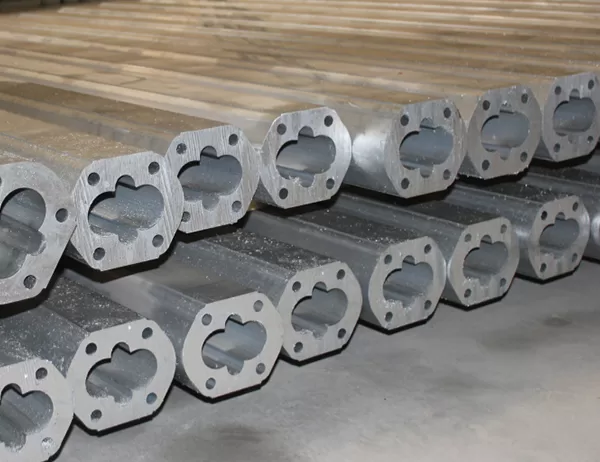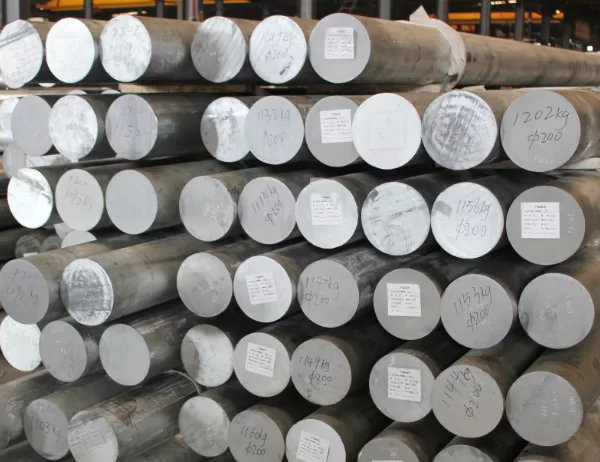Aluminum extrusions are widely used in automotive parts due to their lightweight, strength, and corrosion resistance. To ensure optimal performance and longevity of these components, proper maintenance and care are crucial. This article provides a comprehensive guide on how to maintain and care for aluminum extrusions in automotive parts.
Dirt, dust, and road grime can accumulate on aluminum extrusions over time, affecting their appearance and performance. Regular cleaning is essential to remove these contaminants. Use a mild soap solution and a soft cloth or brush to gently wipe down the surfaces. Avoid using harsh chemicals or abrasive cleaners, as they can damage the aluminum. Rinse thoroughly with water after cleaning.
Aluminum extrusions are generally corrosion-resistant, but exposure to moisture, salt, and other corrosive elements can lead to pitting and deterioration. To prevent corrosion, apply a protective coating to the surfaces. Waxing or sealing the extrusions can create a barrier against moisture and enhance their durability. Regular inspections for signs of corrosion and timely repair of any damaged areas are also essential.
Aluminum extrusions can be susceptible to scratches and dents, especially when subjected to impact or abrasion. To protect the surfaces, consider using protective covers or guards. These covers can be made of plastic, rubber, or other durable materials and can help prevent damage during transportation, installation, and operation.
Moving aluminum extrusions may require lubrication to reduce friction and wear. Use a lubricant specifically designed for aluminum and apply it sparingly to the contact points. This will help ensure smooth operation and extend the lifespan of the components. Regular inspection and re-lubrication are recommended, especially in areas subject to high load or exposure to moisture.
Regular inspections are essential to identify any damage or wear on aluminum extrusions. Look for cracks, dents, scratches, corrosion, or any other signs of deterioration. Prompt repair of damaged areas is crucial to prevent further damage and ensure the integrity of the components. Repair methods may include welding, riveting, or replacement of the affected sections.
Proper handling and storage of aluminum extrusions are essential to prevent damage. Avoid rough handling and excessive force when transporting or installing the components. Use protective packaging or cushioning materials to prevent scratches or dents. Store extrusions in a clean, dry, and well-ventilated area to minimize exposure to moisture and corrosive elements.
Maintaining and caring for aluminum extrusions in automotive parts is crucial for ensuring their optimal performance and longevity. By following the steps outlined in this guide, you can effectively clean, protect, lubricate, inspect, and handle these components, thereby extending their lifespan and ensuring the reliability and safety of your vehicle. Regular maintenance and care will help you derive the full benefits of using aluminum extrusions in automotive applications.




